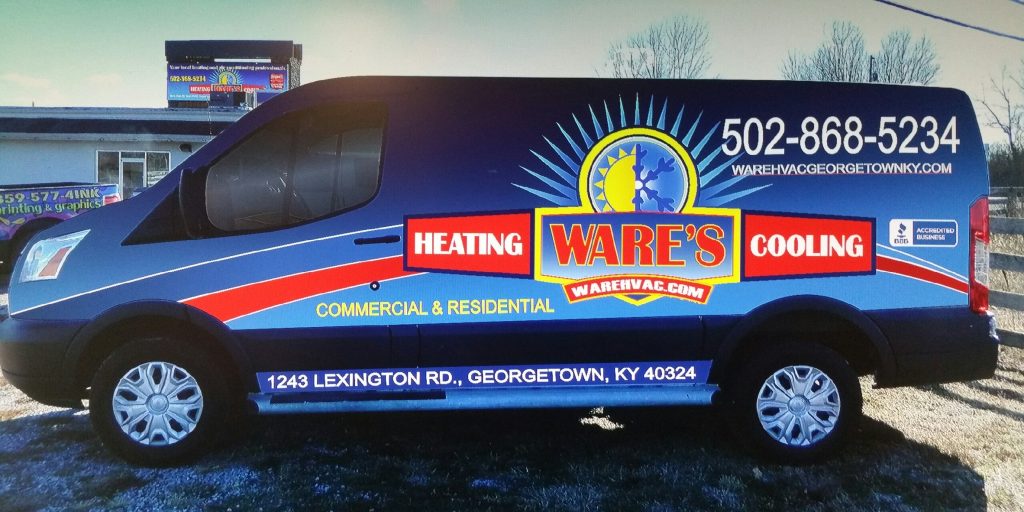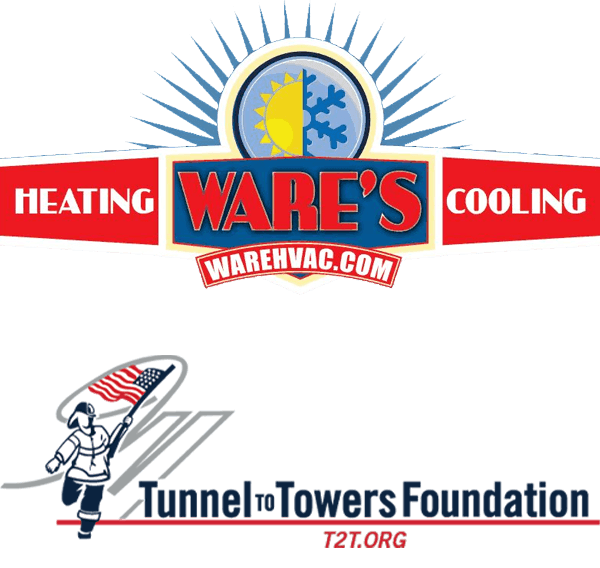As winter settles in, Georgetown, KY, starts to experience those long, cold nights that make you appreciate the warmth of your home. But when the temperature drops, the last thing you want is to find out your heater isn’t functioning properly. That’s why, as we approach February, it’s crucial to ensure your furnace is ready to handle the chilly nights ahead. If you haven’t already had your furnace inspected or serviced this winter, now’s the perfect time to take action.
In this post, we’ll walk you through common furnace problems, how to troubleshoot them, and why it’s important to keep your heating system in tip-top shape. By the end, you’ll have a better understanding of your furnace and know when to call in the professionals. Let’s dive in!
Why Furnace Maintenance is Important
Your furnace is the unsung hero of your home’s comfort during the winter months. It works tirelessly to keep your home warm, especially on those cold February nights when temperatures can drop below freezing. But like any appliance, furnaces need regular maintenance and occasional repairs to ensure they work efficiently. A poorly maintained furnace doesn’t just run less efficiently—it can increase your energy bills, cause health and safety hazards, and leave you without heat at the most inopportune time.
In Georgetown, KY, where winter weather can be unpredictable, having a furnace that you can rely on is more than just a convenience—it’s a necessity. According to the U.S. Energy Information Administration, about 48% of homes in the U.S. use natural gas for heating, making furnaces the most common type of heating system. But with frequent use, problems can arise, which is why proper maintenance and troubleshooting are essential.
Common Furnace Problems & How to Fix Them
Understanding the most common furnace problems can help you recognize signs early and take action before things get worse. Below, we’ll explore some of the most frequent furnace issues that homeowners face, and what you can do to fix them.
1. Furnace Not Turning On
One of the most common—and frustrating—furnace problems is simply the unit not turning on. When this happens, there are several things you can check before calling for professional help.
What to Check:
- Thermostat settings: Ensure that your thermostat is set to “heat” and that the temperature is higher than the current room temperature.
- Circuit breaker: If the circuit breaker connected to your furnace has tripped, the furnace will not operate. Simply flip the breaker back on.
- Pilot light or electronic ignition: If the pilot light is out, it can prevent the furnace from igniting. If your furnace uses an electronic ignition, ensure it’s working correctly.
When to Call a Professional: If you’ve gone through these checks and your furnace still doesn’t turn on, it could be due to a more complex issue like a malfunctioning thermostat, ignition system, or a faulty control board. This is a situation where it’s best to call in a professional for a thorough inspection.
2. Uneven Heating
Have you noticed that some rooms in your home are warmer than others? Uneven heating can be caused by various factors and can make your heating system work harder than it needs to.
What to Check:
- Dirty filters: A clogged filter can restrict airflow, making it harder for your furnace to circulate warm air throughout the house. Replace the air filter to ensure proper airflow.
- Blocked vents: Ensure that vents and registers are open and not obstructed by furniture or other items. Blocked vents will prevent heat from reaching all areas of your home.
- Ductwork issues: Leaky or damaged ducts can cause warm air to escape before it reaches its destination. If you suspect ductwork issues, a professional inspection is needed.
When to Call a Professional: If the problem persists despite checking the filters and vents, a professional HVAC technician can inspect your ducts for leaks and other issues.
3. Furnace Blowing Cold Air
If your furnace starts blowing cold air, it’s a clear sign that something is wrong. This is a more urgent issue that requires attention before it leads to further damage.
What to Check:
- Thermostat settings: Ensure that your thermostat is set to “heat” and that the temperature is high enough for the furnace to kick in.
- Pilot light: If the pilot light has gone out, it can cause the furnace to blow cold air. Follow the manufacturer’s instructions to relight it.
- Air filter: A dirty filter can cause airflow problems, resulting in the furnace blowing cold air. Replace or clean the filter to improve airflow.
When to Call a Professional: If you’ve checked the above and the furnace is still blowing cold air, the issue could be a malfunctioning gas valve, ignition system, or other internal components. A licensed HVAC technician will be able to diagnose the problem and make repairs safely.
4. Strange Noises from the Furnace
Furnaces are meant to run quietly, but if yours is making unusual noises, it’s a red flag. Some common furnace sounds include squealing, banging, or rattling. These sounds could indicate different issues, and identifying the cause can help you decide on the next steps.
What to Check:
- Squealing noises: This could be due to a worn-out blower belt or a lack of lubrication in the blower motor.
- Banging noises: A banging sound could be caused by a dirty burner or delayed ignition, which can lead to gas buildup.
- Rattling noises: Loose parts or debris in the furnace can cause rattling sounds.
When to Call a Professional: While some minor sounds can be normal, any loud, persistent, or unusual noises should be checked by a professional. Delayed ignition, for example, can be a serious issue and should be addressed imstoragetely.
5. Furnace Short Cycling
If your furnace turns on and off frequently, it could be short cycling. This means the furnace is working in short bursts instead of running continuously to reach the set temperature. Short cycling can be caused by a number of factors and should be addressed promptly.
What to Check:
- Clogged air filter: A dirty filter can restrict airflow, causing the furnace to overheat and shut off prematurely.
- Thermostat issues: If your thermostat is malfunctioning or placed in a location with fluctuating temperatures (such as near a vent), it may cause the furnace to turn off before the home is fully heated.
When to Call a Professional: Short cycling can be a sign of an underlying issue, such as a faulty thermostat, overheating due to restricted airflow, or a problem with the furnace’s components. A professional can help diagnose and fix the issue.
Preventative Furnace Maintenance
While furnace issues are common, many can be prevented with proper maintenance. Regular furnace tune-ups can help extend the lifespan of your unit and ensure that it runs efficiently throughout the winter. Preventative maintenance includes:
- Replacing the air filter regularly (typically every 1–3 months)
- Cleaning the furnace and checking for any signs of wear and tear
- Checking the thermostat calibration
- Inspecting the ducts and airflow
- Scheduling professional inspections and tune-ups annually
Investing in routine maintenance is a smart way to save money in the long run, as it can help prevent costly repairs and increase your furnace’s efficiency.
For Heating Services in Georgetown, KY, Contact Ware’s Heating & Cooling Today
When it comes to keeping your home warm during those cold February nights in Georgetown, KY, you need a furnace that you can count on. If your furnace is experiencing any of the issues mentioned above or if you haven’t had your heating system serviced recently, it’s time to call in the experts.
At Ware’s Heating & Cooling, we specialize in providing top-notch HVAC services to homeowners in Georgetown and surrounding areas. Our licensed technicians are experienced in diagnosing and repairing a wide range of furnace problems, and we’re committed to helping you stay warm all winter long.
Don’t wait until your furnace breaks down in the middle of a cold night. Contact Ware’s Heating & Cooling today to schedule your furnace inspection and maintenance! We’re here to ensure your home stays cozy and safe during the chilly months ahead.




